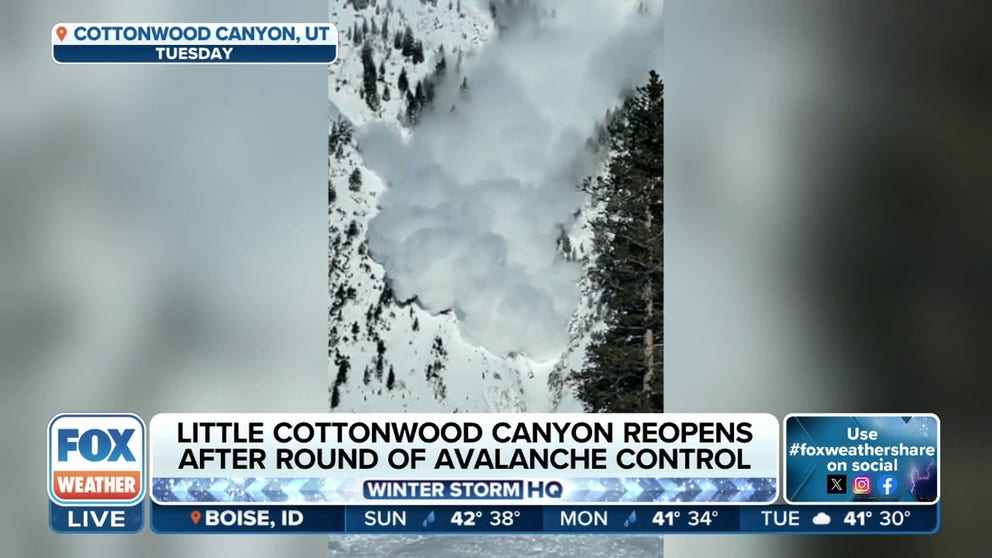Snowboarder killed during Colorado avalanche
Police identified the victim as 67-year-old Dr. Peter Harrelson. Harrelson’s death in the first of the season in Colorado and the fourth in the U.S. During the 2022-23 season, 30 deaths were reported around the country.
How avalanche forecasts help keep backcountry travelers out of danger
Craig Gordon, a forecaster at the Utah Avalanche Center, discusses the recent fatal avalanches in the western U.S. and provides tips on how to stay safe when the avalanche danger is high by correctly using avalanche forecasts.
TELLURIDE, Colo. – Authorities in southwest Colorado say they’ve recovered the body of a snowboarder who was caught in a backcountry avalanche on Monday.
The San Miguel County Sheriff identified the victim as 67-year-old Peter Harrelson, who was a longtime local resident and avid snowboarder.
The Colorado Avalanche Information Center, a public safety organization that provides avalanche information, reported friends became concerned after the snowboarder did not return during the evening.
Search and rescue teams were able to find Harrelson’s body less than 24 hours after the event in a region known as Waterfall Creek.
"On behalf of all of us at the Sheriff’s Office and our Search and Rescue team, I would like to express our condolences to the family and friends of this gentleman. I’d also like to thank our SAR team for their work in this inherently risky mission," Sheriff Bill Masters, said in a statement.
DANGERS OF AVALANCHES, AND HOW TO SAY SAFE ON THE SLOPES
The Colorado Avalanche Information Center warned that considerable avalanche dangers existed when Harrelson was caught off guard by the slide that occurred at an elevation of 10,500 feet.
Many regions of central and western parts of the Centennial State are under a heightened avalanche risk due to new precipitation falling on an unstable snowpack.
Harrelson’s death marks the first of the year in Colorado and the fourth in the U.S., according to data from the avalanche center.

Colorado Avalanche Information Center danger scale
(FOX Weather)
Other accidents have occurred in Wyoming, Idaho and California, and nearly all have involved either snowboarders or skiers.
During the 2022-23 season, 30 people were killed in nearly a dozen western states, with Colorado leading the way with nine fatal incidents.
1 PRESUMED DEAD, 2 RESCUED AFTER IDAHO AVALANCHE
The National Weather Service says significant temperature swings or strong wind events can make the snowpack unstable and lead to avalanches.
"Most fatalities occur during MODERATE (2 of 5) and CONSIDERABLE (3 of 5) avalanche danger – the current danger across the state. Our perceptions shape our view of the world, or in this case, our understanding of the current avalanche danger. Instability signs like natural avalanches, collapsing (whumpfing), or cracking are becoming less frequent. If you do get a rumbling collapse or see a fresh avalanche, that personal experience will likely reinforce the avalanche danger for you. Without seeing some sort of sign of instability, you might feel like it’s safer out there than it really is," avalanche center staff stated.


